Opinion: Fast bikes shouldn’t have to be pretty as well, and to demand that they are holds the sport back
With the new Colnago Y1Rs launching the comments are ablaze with negativity about its looks, but does this matter at all in a modern race bike you can’t afford anyway?
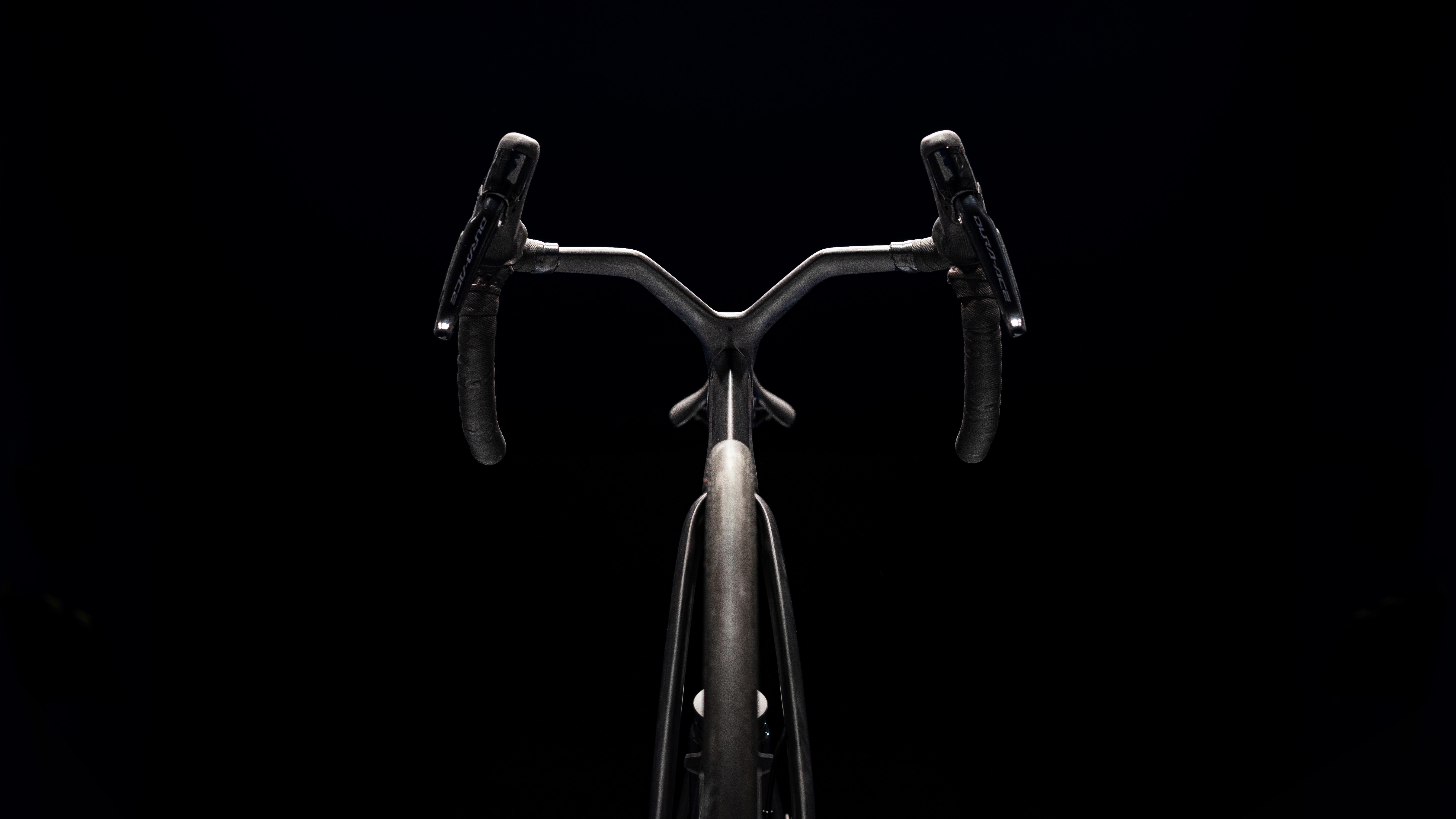
The new Colnago Y1Rs is certainly eye-catching, I’ll give it that. As new bikes go, the intersection of ‘brand new Colnago’ and ‘brand new bike for Tadej Pogačar’ is a surefire way to generate comments across the various social media platforms. While the new machine may not be to your tastes visually - it is challenging, and certainly non-traditional - I’d argue that for a bike solely focused on winning races, it doesn’t matter a jot what it looks like.
I have argued in the past, again to much furore in the comments, that cycling should take a leaf out of the F1 book and have pro-only bikes. Given that the Y1Rs is only available in team colours, and is so prohibitively expensive that it’s not a realistic purchase at any level for the vast majority of riders, I’d wager we’re well on our way to that being a de-facto reality anyway.
Sadly cycling has slowly moved away from riders winning on panache, courage, guile, determination and the rest to a place where everything is analysed and optimised. Yes, some of the ‘soul’ has been stripped away, but on the flip side, it means riders are no longer doing insane things like riding all day, taking sleeping pills, and only eating watermelon to drop their weight. Carbs per hour is the new watts per kilo, and the coefficient of drag is the easiest thing to control from an equipment standpoint.
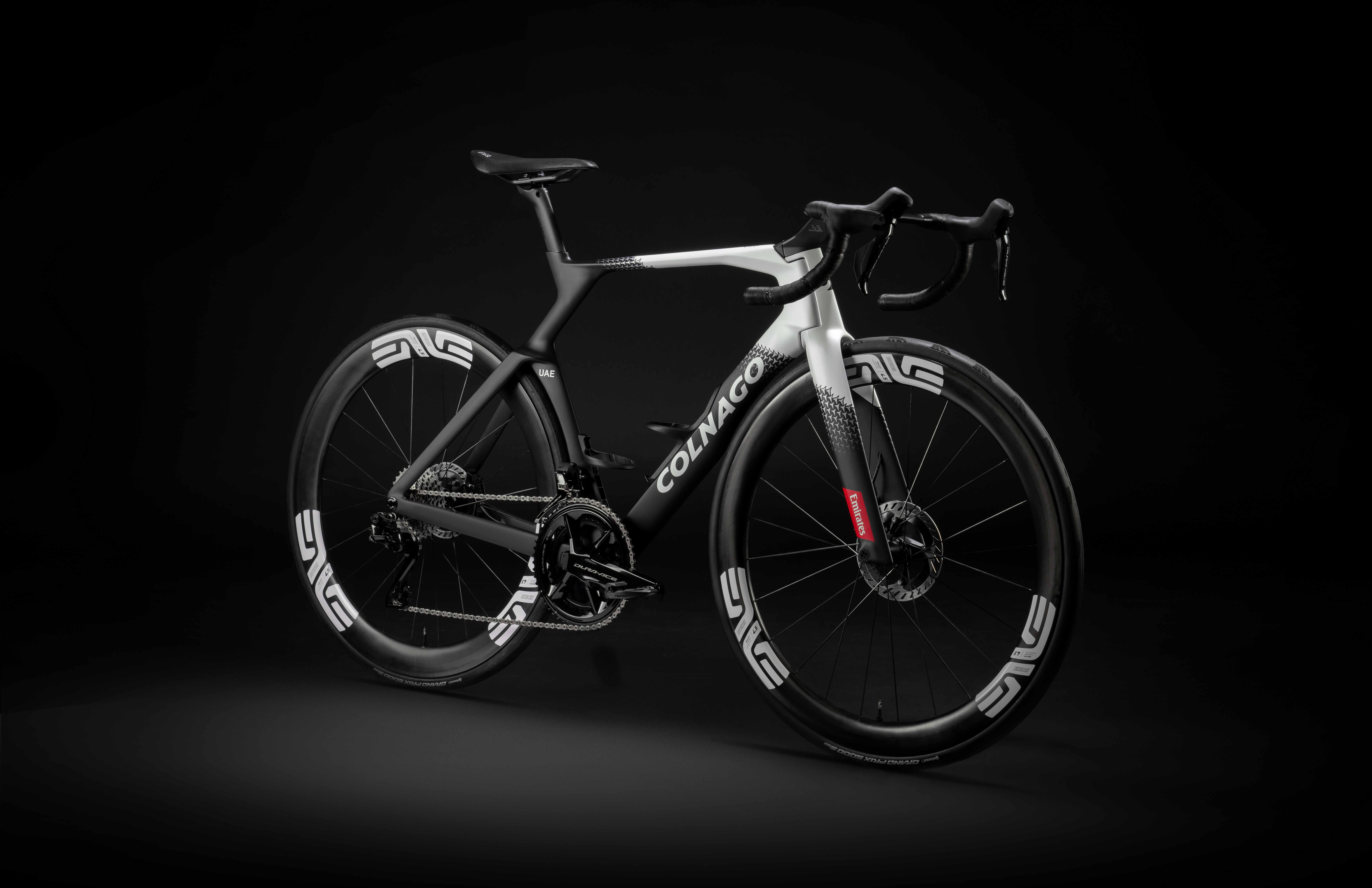
People don’t like change
Cycling is so intransigent sometimes it's a little infuriating. There is so much tradition and received wisdom sewn into the fabric of the sport it makes doing things differently a real commercial risk. This is another reason why I think top-flight bikes should be reserved for the pros: They can be as ugly as sin and we don’t have to worry. Wobbly Pinarellos got laughed at, aero socks got laughed at, but once they started winning public opinion shifted pretty rapidly.
Skinsuits and aero helmets were considered goofy, or reserved for track racing until Mark Cavendish shot to a world championship victory with an aero helmet cover and a Team GB skinsuit, and then everyone was at it. Now racing in a normal jersey and bib shorts is abnormal, and the trickle-down effect has meant that race-fit jerseys are the norm even on the Sunday club run: RIP to the Rapha Classic Jersey, but everyone needs to look like they’ve been dipped in lycra nowadays.
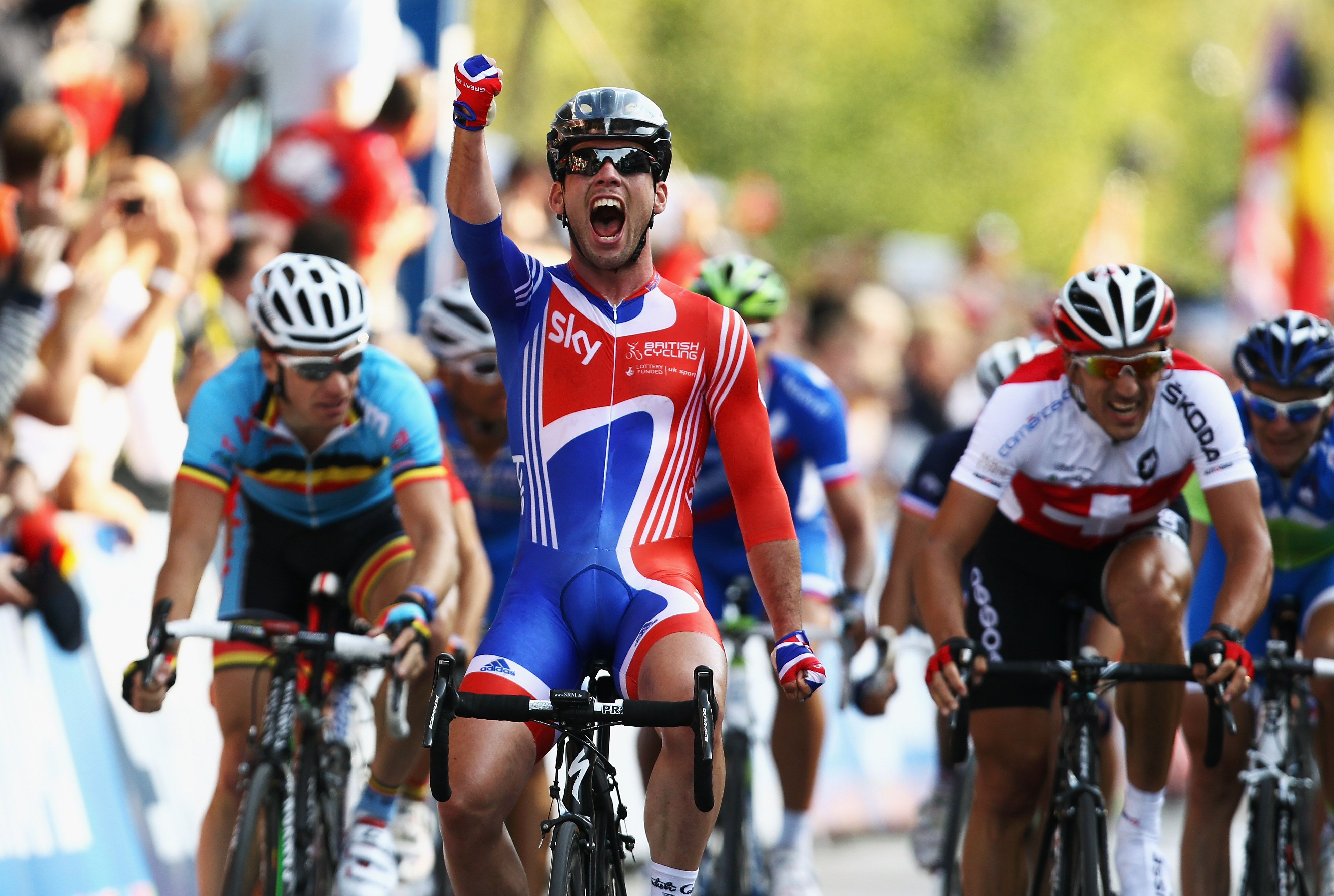
Perhaps the clearest cut example is the latest Specialized Tarmac SL8. Leaked photos showing the bulbous ‘speed sniffer’ nose drew ire from across the internet, and now it’s been raced to countless victories under superstar riders everyone has decided that they quite liked it all along actually and they never really thought it was horrible looking, honest. The Cervélo S5 is hardly a looker, but it's a winner and we've proven it's the fastest at zero yaw, so does it matter what it looks like?
I’ll admit, I was the first to slate the Bianchi Oltre for its aesthetic misdemeanours. I still think it’s ugly, but I’ve been on a bit of a journey and now, if it’s fast, I don’t care. Track bikes are a really interesting case study, as they don’t have to be practical or commercially viable. Yes, they have to be commercially available, but the reality is that they are basically reserved for national federations only. Both versions of the Hope HB.T were extremely interesting, both visually and technically, and lately we’ve seen many brilliant aero innovations. The TRED X23 bike of the Argentine squad is brutal on the eyes but at least it’s pushing the envelope.
Get The Leadout Newsletter
The latest race content, interviews, features, reviews and expert buying guides, direct to your inbox!
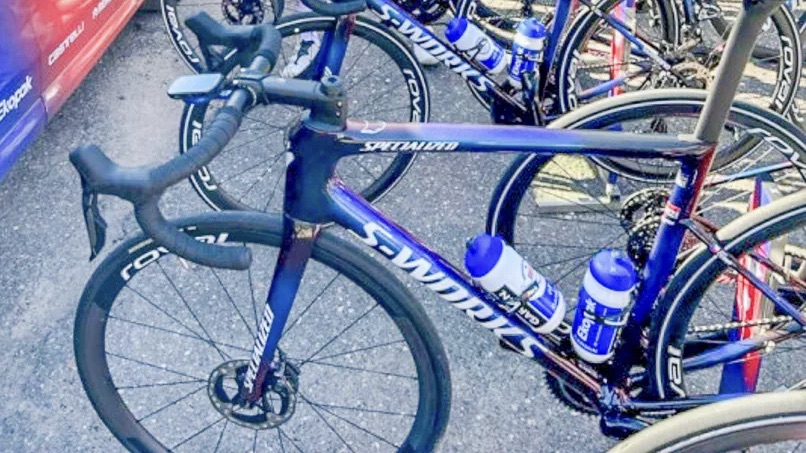
The world of triathlon
I am not suggesting we should all start running and swimming, don’t worry. Running is a necessity sometimes when short of time, and swimming is a survival strategy, but looking at the bikes in use in the world of longer distance triathlon races, free as they are from the UCI rulebook, it’s clear to see that there’s a far more interesting variety of bikes on offer for fans to nerd out over.
I don’t think they are particularly good-looking, but there is certainly more to talk about when comparing Kristian Blummenfelt’s Cadex machine with something equally bonkers from the likes of Ceepo. This is what the pros use, and the fact they look outlandish is almost worn as a badge of honour. Perhaps it’s because triathlon is younger? It doesn’t have to deal with people idolising round, skinny tubes and wishing for the good old days of seatstays attached at the same place as top tubes because that’s ‘proper’.
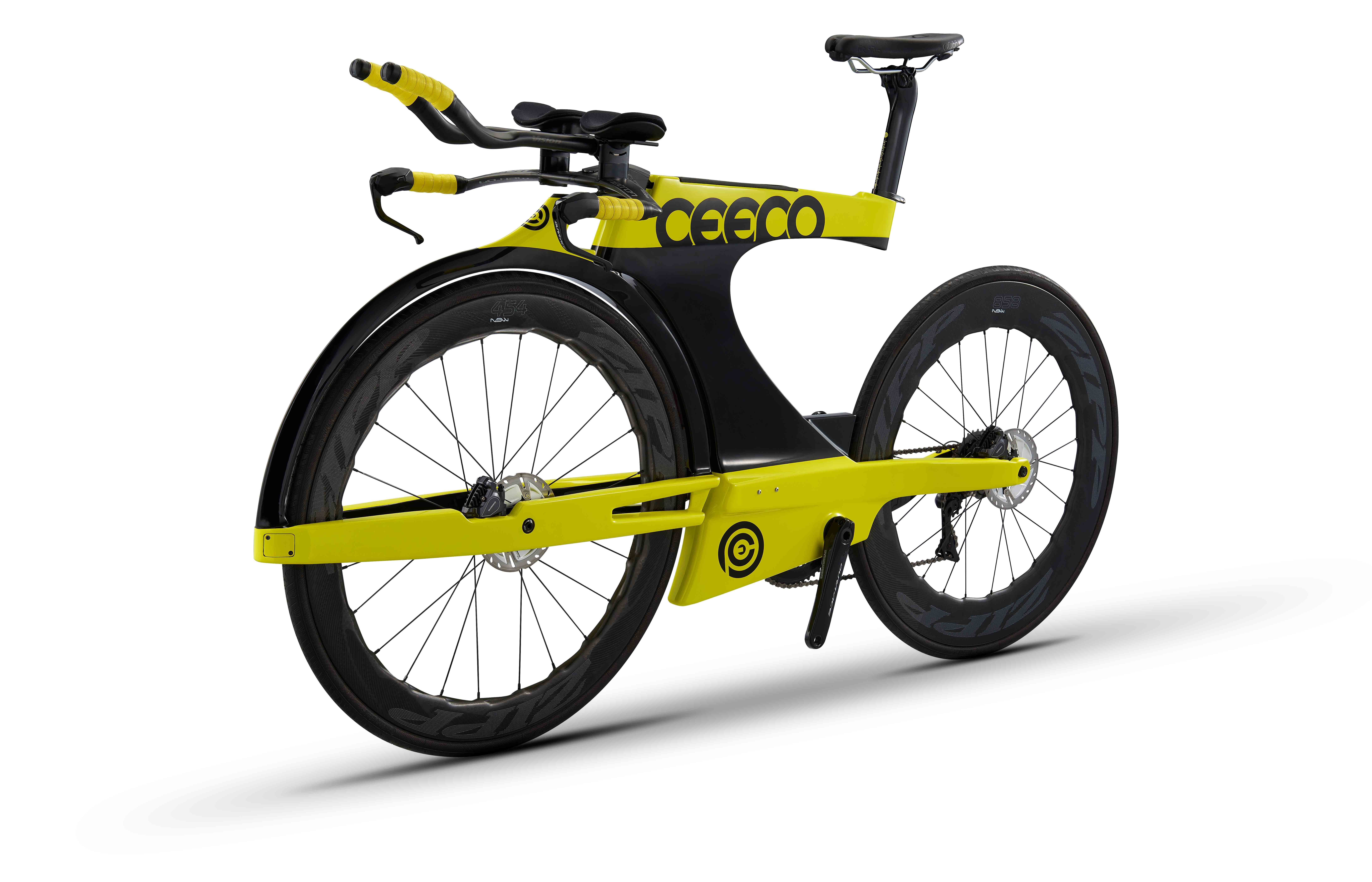
The Colnago Y1Rs and that seat cluster
Save for the Masterpiece BMC bikes, the latest Y1Rs bike from Colnago is about as close as we’ve ever come to a pro-only road bike in the pro peloton. The price alone, at €16.7k in a top spec Campagnolo Super Record build, is prohibitively expensive for almost everyone, but more than that it has been so single-minded in its design at the expense of aesthetics that it’s just not for amateur riders.
First up we have the fit. The bike has been designed based on fit data from Colnago’s 4x sponsored teams, with three years' worth of fit data, plus a little from customers. It’s designed for a pro's position, it’s longer, and it’s lower. It’s steeper too, and while I have yet to test one (watch this space) the steeper effective seat angles and a steeper fork will make it a more rapid handler.
At the back that crazy-looking seat cluster has been designed pretty cleverly. Decoupling the seat post from the seat tube means the latter can more closely hug the rear tyre for aero gains, as well as creating a smaller, and therefore stiffer rear triangle. The cantilevered seatpost does offer claimed comfort benefits, but I suspect that this is simply an accidental byproduct of the design, with aero being the primary goal.
Speaking to Davide Fumagalli, Colnago’s head of product ahead of the launch of the Y1Rs I asked him whether the Y1Rs is essentially only for the pros. I was told, pretty candidly, that it’s "not the best bike for amateurs," and that while they may be able to appreciate the benefits of it, they "cannot fulfil the potential of the bike." It’s been tested to be as aerodynamic as possible at 50km/h, not at speeds we mere mortals can reach except on descents, so why does it matter what it looks like?
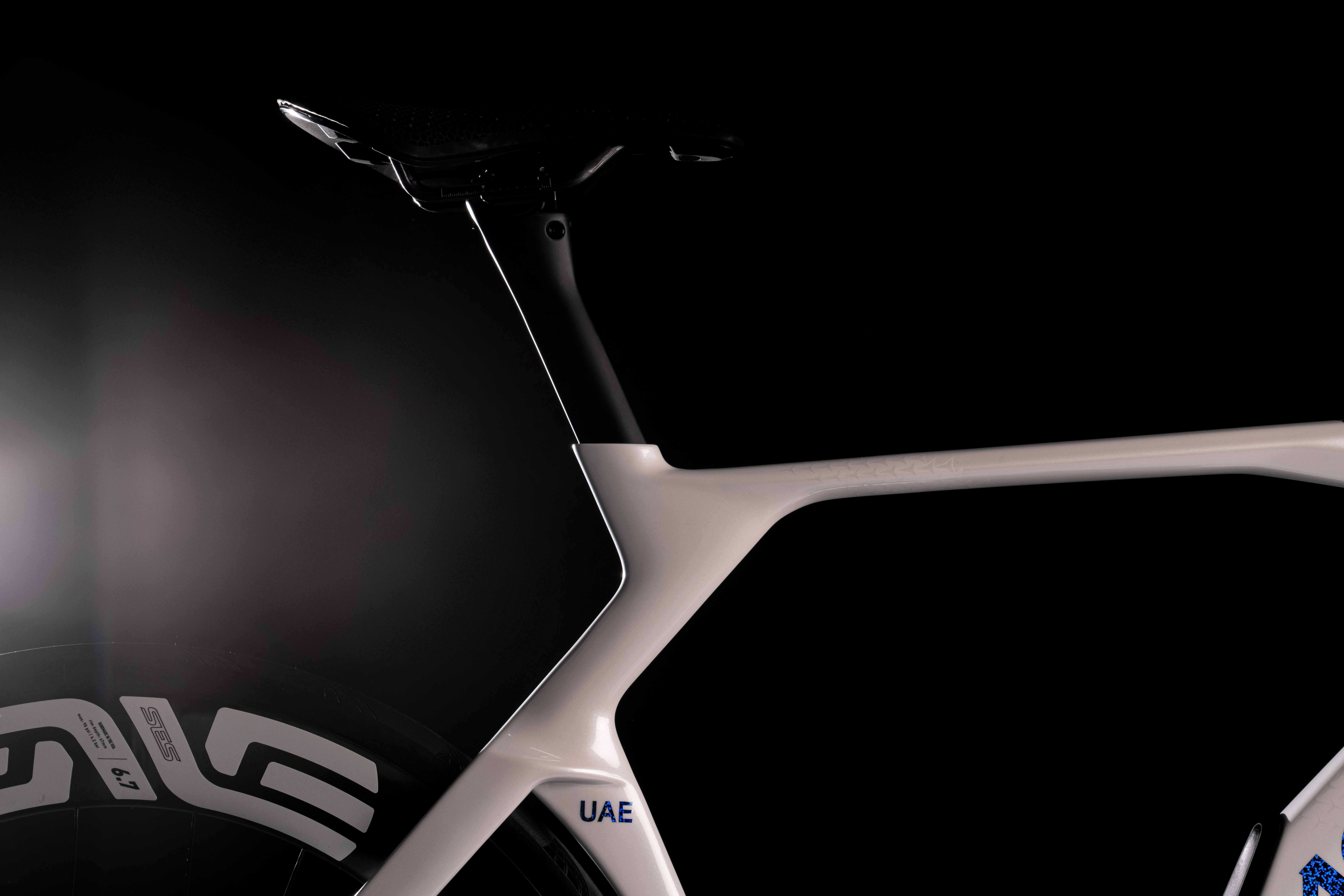
The Pogačar effect and the future of bike design
I’m going to make a prediction: Pretty soon everyone will be saying they love this bike. It’s going to be ridden by the most likeable world champion in years, and based on the 2023 season it’ll be ridden to many victories over all sorts of terrain. If the wattage claims versus the V4Rs are true, around 23 watts more slippery at 50km/h, this is a huge boost to a rider who is already streets ahead of the competition. It’s a bike that’s going to be on your screens, on your Instagram feeds, and in your group chats for years and the fact that it looks wild will be totally normalised in much the same way that nobody really bats an eye when Donald Trump does something outside the political norm.
When asked about whether the UCI rules were holding bike design back, Fumagalli was at least not critical of the organisation, but he did say that “double triangles are not what we need to showcase to the next generation”.
I am inclined to agree. Having reported on countless new bikes, each with ever-diminishing returns on the weight and aero front, hamstrung as they are by the twin constraints of the UCI rulebook and commercial viability, the differences between two top-end double triangle bikes are so vanishingly small now that you can basically pick your paint scheme and that’s it. We’ve taken 11 of them to the wind tunnel and they’re all basically as fast as each other. Most aero bikes of recent years all look the same too, and while you may not like the way the Y4Rs looks, it is at least different. If all bikes look the same and basically perform the same, how can brands differentiate themselves?
I actually hope this bike is as dominant, maybe even more so, than the V4Rs was. Maybe it’ll give other brands a bit of a kick up the backside to try something really different to close the gap; commercial viability be damned. Maybe it’ll pave the way for the resurrection of some old aero bikes too - Specialized Venge 2025? A man can dream. I’ve been on numerous product launches where a new model has been launched, due to be raced at the top end of the sport. I don’t even think aesthetics should come into the equation anymore for top-flight race bikes. The margins of victory are so small, and the stakes so high that it seems mad to me that how a bike looks has even been considered at all.
Yes, brands have to sell a model to remain commercially viable, but ‘win on Sunday, sell on Monday’ only applied to the brand, never the specific model in the world of motor racing. I imagine the success of the V4Rs, and the projected success of the Y1Rs, will lead to increased sales of the C68. In the same way that the S-Works Tarmac does wonders for sales of the Allez.
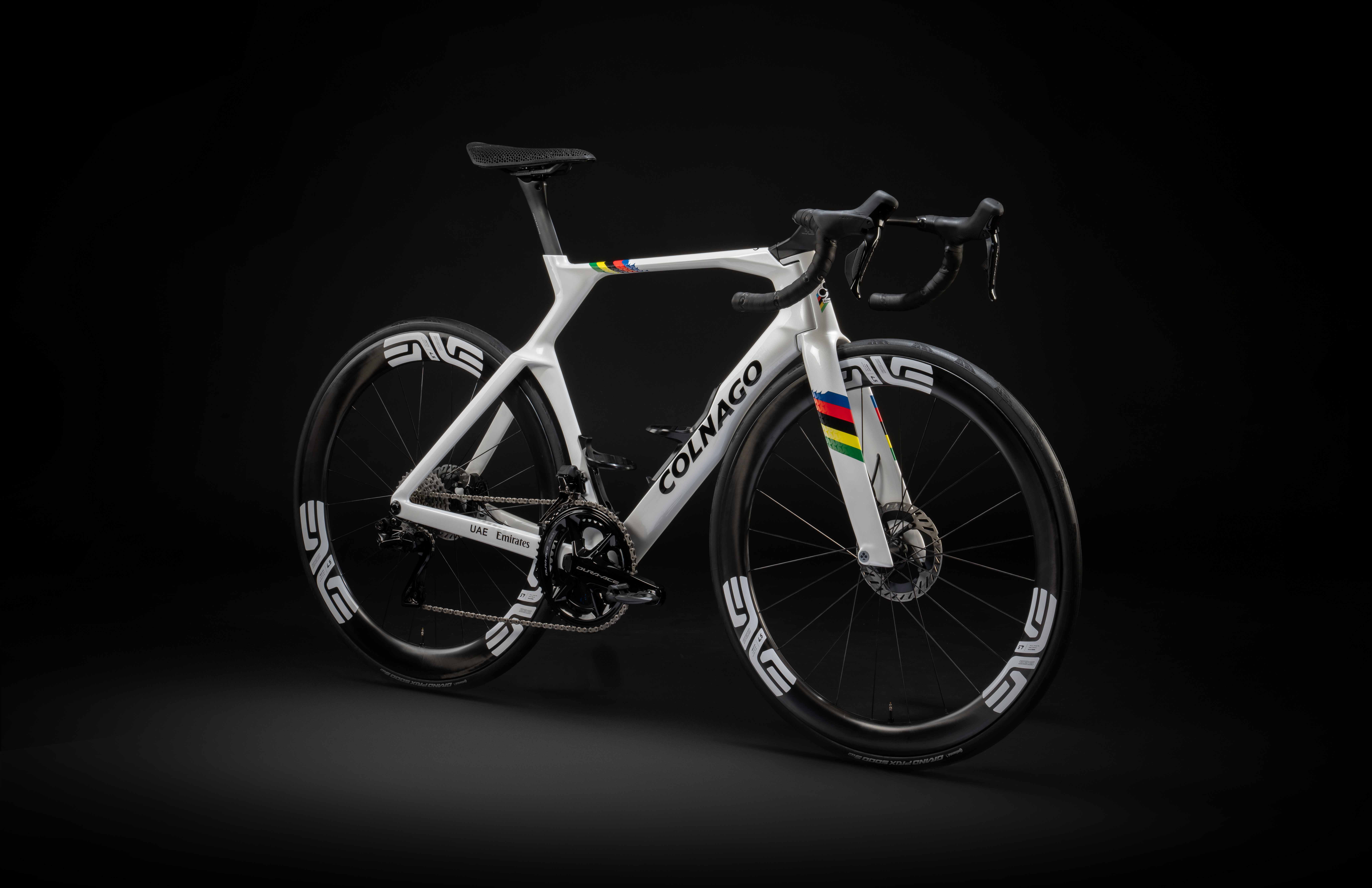
Aesthetic arguments aside, though, I am pleased to see Colnago back at what looks like the cutting edge of bike design. While the V4Rs was undoubtedly successful, it wasn’t exactly groundbreaking. While Tom Boonen did hastily rescind his remarks stating that the bike was actually holding Pogačar back, there was a bit of me that probably thought he was right.
Now though, with this mental-looking spaceship of a bicycle, the Italian brand is back doing something properly exciting again. Remember, it’s the brand that properly pioneered carbon fibre in bicycle production, produced the first carbon frame to win a professional bike race, and brought the first straight fork to market. Double downtube steel Master anyone? Hell, it even had disc brakes on its bikes back in 2012 with the C59.
I don’t care what it looks like. Actually, to be honest I quite like it. I got hammered by my colleagues in the office for saying as much but I think it looks great. More than that, though, I’m just glad it’s interesting.
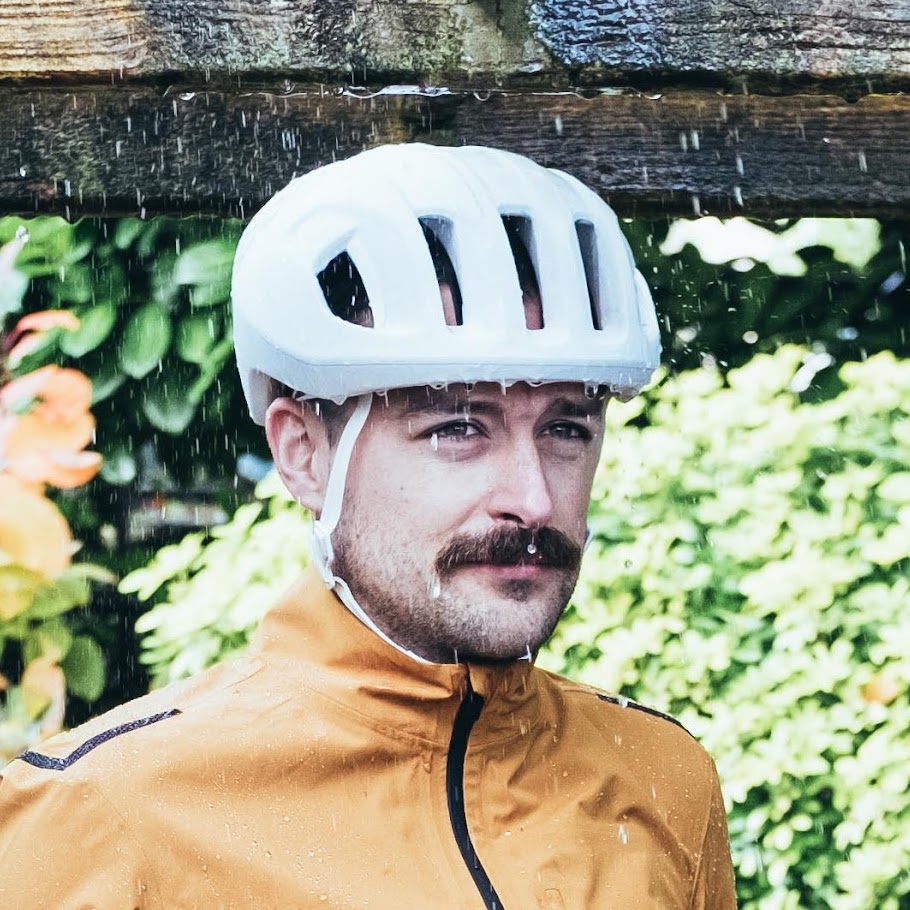
Will joined the Cyclingnews team as a reviews writer in 2022, having previously written for Cyclist, BikeRadar and Advntr. He’s tried his hand at most cycling disciplines, from the standard mix of road, gravel, and mountain bike, to the more unusual like bike polo and tracklocross. He’s made his own bike frames, covered tech news from the biggest races on the planet, and published countless premium galleries thanks to his excellent photographic eye. Also, given he doesn’t ever ride indoors he’s become a real expert on foul-weather riding gear. His collection of bikes is a real smorgasbord, with everything from vintage-style steel tourers through to superlight flat bar hill climb machines.